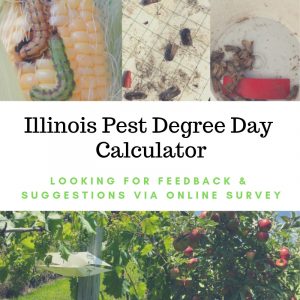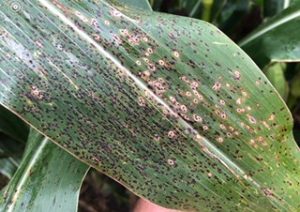Managing Nitrogen for Corn in 2019
The fall of 2018 and so far in 2019, there have been limited opportunities to apply nitrogen fertilizer. Average rainfall through the first 25 days of March ranged from a little less than normal in the northern half of Illinois to an inch or more above normal in south-central Illinois. But temperatures have averaged 3 to 4 degrees below normal, which slowed drying. There were several days in the first week of March when it was frozen on the surface and a considerable amount of P and K went on.…







